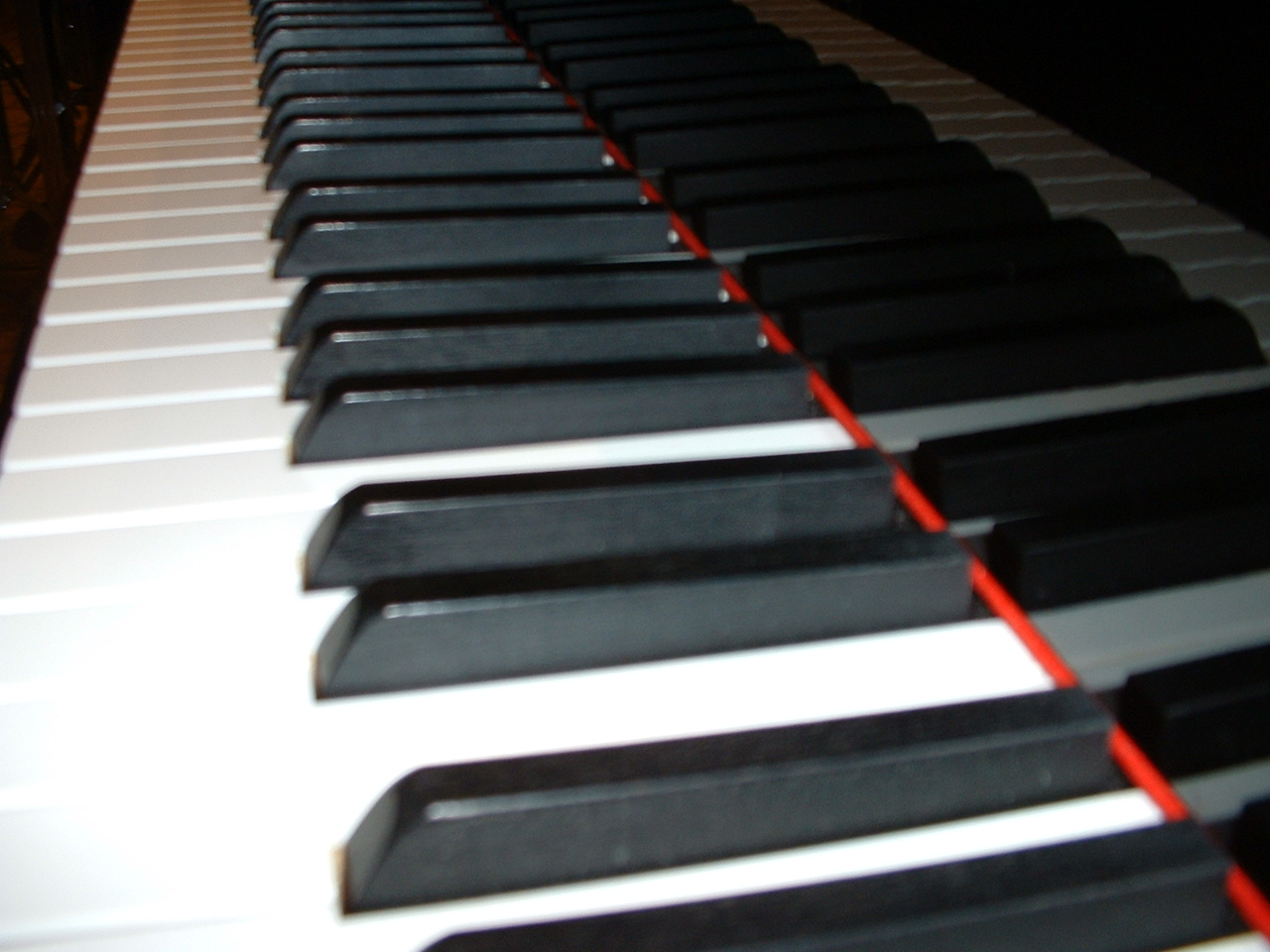Piano Lessons - Transposing Songs on Piano
“Happy Birthday” is a song that many people learn to play on the piano so that they can play it for their friends and family when the birthday of a loved one rolls around. If you ask someone to sing “Happy Birthday” and then play it on the piano, the way that you learned it, you may notice that the two songs don’t sound the same. Both of the songs are accurate versions of the birthday song, but they may not use the same notes. This means that the two songs were performed in two different keys. As you may already know, a key is decided by the collection of sharps or flats that determines what notes will be used, primarily, in a piece of music. You can start “Happy Birthday” on any note that you want, as long as you keep the distance from one note to the next the same. The process of changing a song or part of a song to start on a different note is called transposition.
 There are other reasons why you might want to transpose written sheet music for piano. The piano is an instrument that is built around the key of C, but other instruments are built in other keys. If you are playing with a trumpet player, for example, their instrument is built around the key of B flat, so when they played the note A, it would not sound the same as the note A played on the piano. If you wanted to read the music that they play and have it sound the way it does when the trumpet player plays, you would need to transpose it. Transposing on the piano is also useful in playing music with a singer. If the singer wants to sing the music in a higher key than the one it is written in, you can transpose the music to sound higher than it is written. To understand how this works, you should be familiar with whole steps and half steps in music.
There are other reasons why you might want to transpose written sheet music for piano. The piano is an instrument that is built around the key of C, but other instruments are built in other keys. If you are playing with a trumpet player, for example, their instrument is built around the key of B flat, so when they played the note A, it would not sound the same as the note A played on the piano. If you wanted to read the music that they play and have it sound the way it does when the trumpet player plays, you would need to transpose it. Transposing on the piano is also useful in playing music with a singer. If the singer wants to sing the music in a higher key than the one it is written in, you can transpose the music to sound higher than it is written. To understand how this works, you should be familiar with whole steps and half steps in music.
The distance between two notes is called an interval. The smallest interval that is used in most Western music (there are smaller intervals used in other parts of the world) is called a half step. There are only two pairs of natural notes that are only half a step apart from one another. The notes B and C are only separated by a half step. This means there are no notes in between B and C. The same is true for the notes E and F. Every other pair of natural notes is separated by two half steps (one whole step). For example, Between A and B is the note A sharp (which can also be called B flat, although it is the same note). If you want to transpose a song from the key of C to the key of D, you will need to play every note in the song up one step. This means that if you see a D, you will play an E, if you see a G, you will play an A, and so on. The trick part is that if you see an E and play an F, that is only half a step, remember? The way that you get a whole step from it is to raise the F to F sharp. Once you have mastered the basics of transposing piano music, you can practice by writing down on blank staff paper a transposed line of music. Pick any line and try and transpose it up or down a whole step. Then play both versions. The transposed version should sound nearly identical to the original version, only starting on a different note. When you find yourself needing to transpose piano music, you can write the new music out on staff paper, or like most musicians, you can learn to transpose the music on sight as you play it. This takes some practice, but is not difficult to learn.
Start with a short section of music, maybe eight measures long. Play the original music enough times that you know how it should sound. Then try to raise every note just half a step. Flat notes will become natural notes, natural notes will become sharp notes, and sharp notes will become one note higher. Just keep in mind that E to F and B to C are already only half a step. As you improve, you can try to raise or lower every note a whole step, or maybe two whole steps.
If you find that you have a good ear for transposing music you may want to consider learning piano by ear. You should also look into jazz piano and blues piano, both styles heavily rely on your ability to hear the music and translate those notes to the appropriate keys on the piano.
<< Back to More Piano Lessons ----- Time Signatures >>
